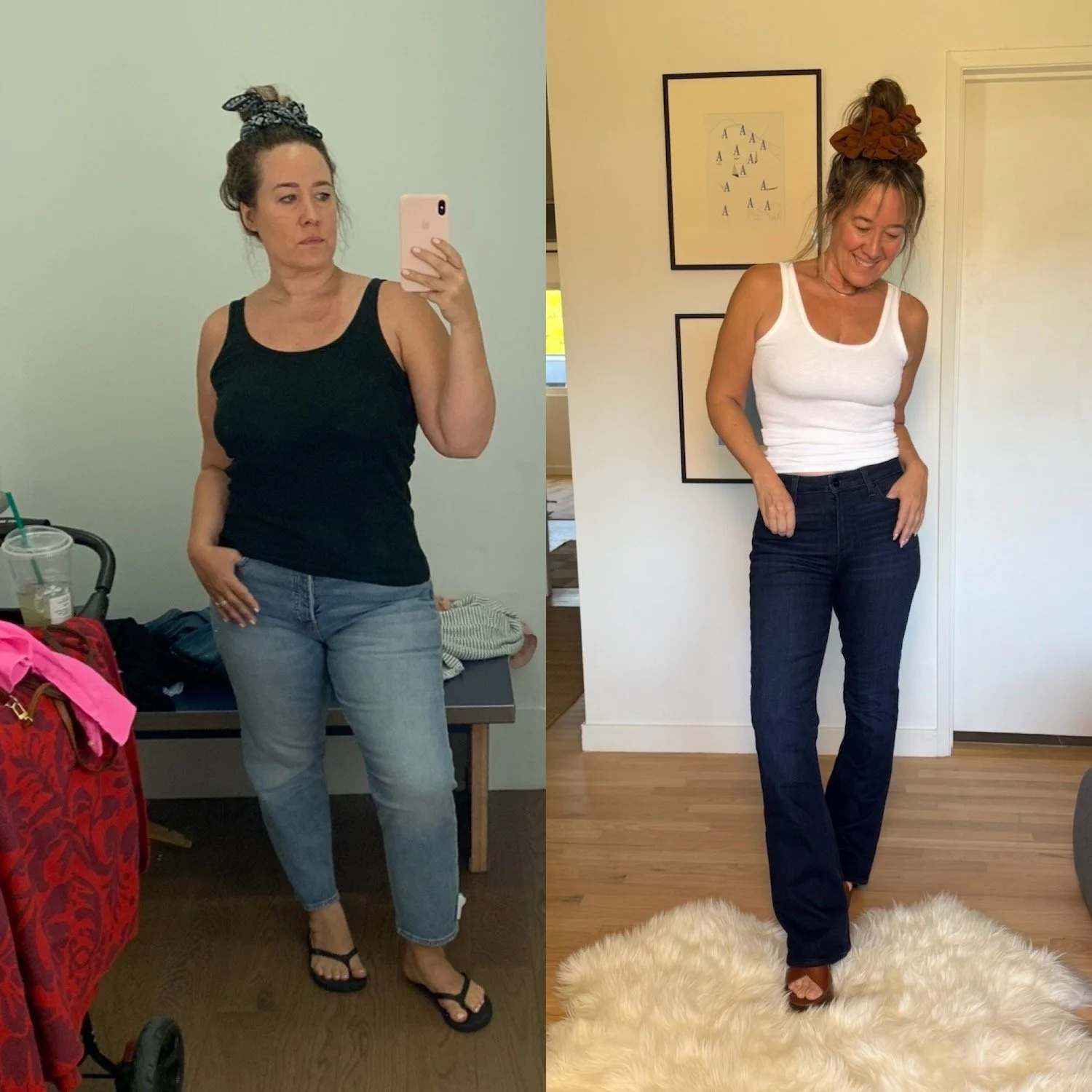Is Sitting Actually As Bad As Smoking?
Here’s the truth about lighting up versus sitting down.
by The Candidly Team
Back in the 60s, when Americans were having their hottest and heaviest love affair with tobacco, it was estimated that more than 40% of U.S. adults were smokers.
Ever since, smoking’s been on the decline but another hazardous activity has skyrocketed. And that activity (or lack of activity) is sitting.
According to The American Heart Association sedentary jobs have increased 83% since 1950. American adults are estimated to sit somewhere between 6.5 and 8 hours a day, but those who work at a desk have been clocked closer to 15.
And with new, frightening research popping up near daily, sitting is being compared to smoking left and right.
Comparing sitting to smoking is sort of like comparing rotten apples to rancid oranges. Both are very bad in their own, albeit similar, ways.
For example, “mortality rates for cigarette smokers are about 70 percent higher than those for nonsmokers.” The CDC states that more than 16 million Americans have a smoking-induced disease. Smoking causes cancer, heart disease, stroke, lung diseases, diabetes, chronic obstructive pulmonary disease, and many other terrible ailments we’re used to hearing all about, because we’ve spent decades on the receiving end of a pretty effective anti-smoking campaign.
And sitting?
Well, an analysis of 13 studies found that “those who sat for more than eight hours a day with no physical activity had a risk of dying similar to that posed by obesity and smoking,” according to the Mayo Clinic.
Sitting is now linked to “diabetes, poor heart health [including high blood pressure and stroke], weight gain, depression, dementia, and multiple cancers,” reported Yale Medicine. Add to that more muscle and joint pain and just a crappier overall feeling in our bodies, which are, we’re sorry to report, designed to move and rest, but not really to just sit there day in and day out.
What does sitting do to our bodies?
Sadly, sitting is a major risk factor for all-cause early death. Here’s a bit of a breakdown of some of the diseases it’s linked to:
Cancer
Studies have suggested that sitting leads to an increased risk of cancers, including pancreatic, lung, colorectal, ovarian, endometrial, myolema, and invasive breast cancer. One 2020 study found that “after a five-year follow-up … the most sedentary people had an 82% higher risk of dying from cancer compared to the least sedentary individuals, even after adjusting for age, sex and disease status.
Diabetes
Sitting too much can wreak havoc on our blood sugar levels, increasing our risk of developing or worsening Type 2 diabetes.
Heart Disease
Sitting slows down our metabolism and interferes with our body’s ability to regulate our blood sugar and blood pressure. It can lead to “increased blood pressure, high blood sugar, excess body fat around the waist and unhealthy cholesterol levels,” wrote The Mayo Clinic.
Brain Shrinkage
Sitting can lead to the “thinning of the brain’s medial temporal lobe,” which is essential to memory formation. Perhaps not surprisingly, it’s also associated with increased risk for dementia.
Other Health Issues
Other health problems, as reported by Sanford Health include “tight hips, back problems, osteoporosis and clots in the legs.”
So what can we do about it?
Unlike with smoking, we can’t exactly go cold turkey on sitting, but we can do our best to do less of it. The main thing is that moving more is unbelievably and non-negotiably critical to our health and longevity.
And while the exact amount we need to move to counter sitting’s effects aren’t 100% spelled out, here are some of the current suggestions being offered by sources we trust:
1. Exercise as much as possible.
There are some studies that say sitting too much is gonna do harm even if you exercise and there are studies that say that “22 minutes a day of moderate to vigorous activity may provide an antidote to the ills of prolonged sitting,” as reported by NBC News. Other research has said that at least 40 minutes of moderate to vigorous intensity might help offset 10 hours of sitting.
But here’s the thing, more is more. And frequency matters. You may hear some very smart sources saying to do a mini 3-minute workout or five minute walk every half hour. It’s also suggested that people who have to sit a lot for work should do an extra 15 to 30 minutes of physical activity each day beyond the recommended number of workout minutes.
2. Take a five minute walk every half hour.
A 2023 study led by researcher Keith Diaz of Columbia University Medical Center found that “a five minute walk every half-hour was able to offset a lot of the harms of sitting.” Also brisk walking as much as possible is just frickin’ magic.
3. We know you don’t want to but invest in a standing desk.
Standing instead of sitting might help lower your blood sugar levels, reduce your risk of heart disease, and even increase your lifespan. If you work from home, we recently bought THIS desk, which easily adjusts to any height you desire, and our lives have completely changed.
4. Don’t plop in front of the TV after a day of sitting at your desk.
Studies have shown that people who watched four or more hours of TV a day had a 50% greater risk of heart disease compared to those who watched less than two hours a day and that this time in front of the TV could be even more harmful than the time people sit at work.
5. Fidget.
One study (mind you from 2015) showed that “women who sat for long periods of time have a lower mortality rate if they considered themselves moderately to very fidgety,” reported Time. So shuffle, stretch, swivel and bounce as much as possible.
This article is for informational purposes only. It is not intended to be used in place of professional advice, medical treatment, or professional care in any way. This article is not intended to be and should not be a substitute for professional care, advice or treatment. Please consult with your physician or healthcare provider before changing any health regimen. This article is not intended to diagnose, treat, or prevent disease of any kind. Read our Terms & Conditions and Privacy Policy.

















